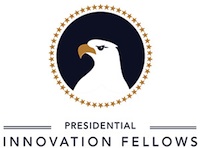CT Ranks Behind 33 States as Technology Innovation Adopter, Report Finds
/Twelve states and the District of Columbia are now championing innovation-friendly policies at the highest level according to the 2016 Innovation Scorecard, an annual innovation policy performance index developed by the Consumer Technology Association (CTA).
Arizona, Kansas, Nebraska, North Dakota and Wisconsin are first-time Innovation Champions – the top designation - joining repeat champion winners Delaware, Indiana, Massachusetts, Michigan, Texas, Utah, Virginia and the District of Columbia.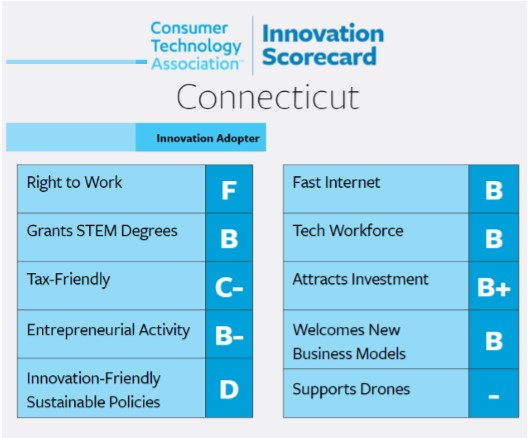
Connecticut ranked in the third of four tiers, as an Innovation Adopter. The CTA Innovation Scorecard grades every state and the District of Columbia on 10 criteria, ranging from quantitative to qualitative, and ranks them across four categories — Innovation Champions (13 states), Innovation Leaders (20 states), Innovation Adopters (12 states including Connecticut) and Modest Innovators (6 states).
"We hope the Innovation Scorecard will be a guide for states who want to embrace those policies that best drive innovation, create good jobs and fuel economic growth," said Gary Shapiro, president and CEO, Consumer Technology Association. "We've identified and measured some key practices that enable innovators to thrive including drawing entrepreneurs from across the country, welcoming disruptive business models and educating the workers of tomorrow. But unless more state policymakers adopt a light regulatory framework, they risk sending valuable talent and economic growth to a neighboring state - or, far worse, overseas."
The 2016 Innovation Champion states earned high grades for maintaining strong right-to-work legislation, fast Internet access, a robust entrepreneurial climate and an open posture to new business models and technologies. Other Scorecard criteria are tax policy, tech workforce, investment attraction; Science, Technology, Engineering and Mathematics (STEM) degrees; unmanned innovations and sustainability policies. Since the last edition of the Scorecard, six states regressed to a lower tier.
Connecticut’s top grade, a B+, come in the Attracts Investment category. The state earned a B in four categories: Fast Internet, Tech Workforce, Welcomes New Business Models and Grants STEM degrees, and a B- in Entrepreneurial Activity. The state’s lesser grades were in the categories Tax Friendly (C-), Innovation-Friendly Sustainable Policies (D) and Right to Work (F). The report indicates that “Connecticut’s state-run electronics recycling system overcharges residents and manufacturers of consumer tech products, who pay for recycling at twice the market rate.”
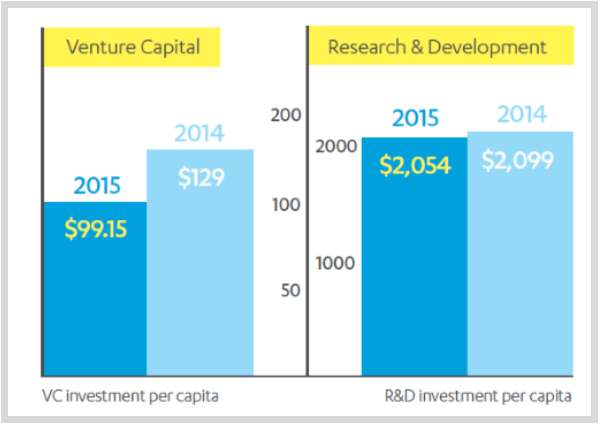 The report also highlights an area of decline in Connecticut: “Over $100 million of venture capital left Connecticut in 2015, causing the state to lose ground after earning an ‘A-’ in the category in the inaugural 2015 Scorecard. Connecticut should improve its tax code, which is among the least growth-friendly in the country, and reform regulations that stifle innovation.”
The report also highlights an area of decline in Connecticut: “Over $100 million of venture capital left Connecticut in 2015, causing the state to lose ground after earning an ‘A-’ in the category in the inaugural 2015 Scorecard. Connecticut should improve its tax code, which is among the least growth-friendly in the country, and reform regulations that stifle innovation.”
Among the findings: Delaware, Massachusetts, Rhode Island, Utah and the District of Columbia have the fastest Internet speeds in the country; Montana, North Dakota and Wyoming are among the leading states - along with the District of Columbia - at creating new jobs and new small businesses; and Arkansas, Maryland, Mississippi and Oregon were the only states earning a top grade for creating a policy environment favorable toward drones.
Consumer Technology Association (CTA)™, formerly the Consumer Electronics Association (CEA)®, is the trade association representing the $287 billion U.S. consumer technology industry.
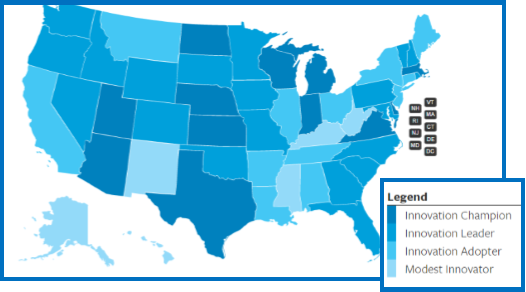




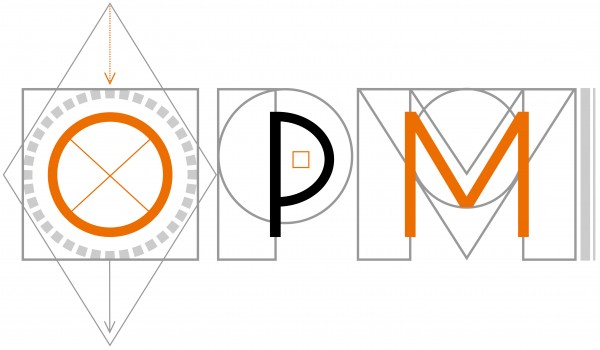 with the addition of headrest and ceiling speakers.
with the addition of headrest and ceiling speakers.

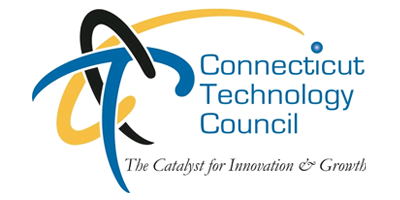 ields.”
ields.”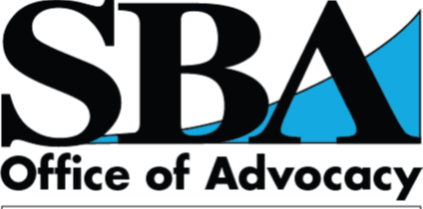
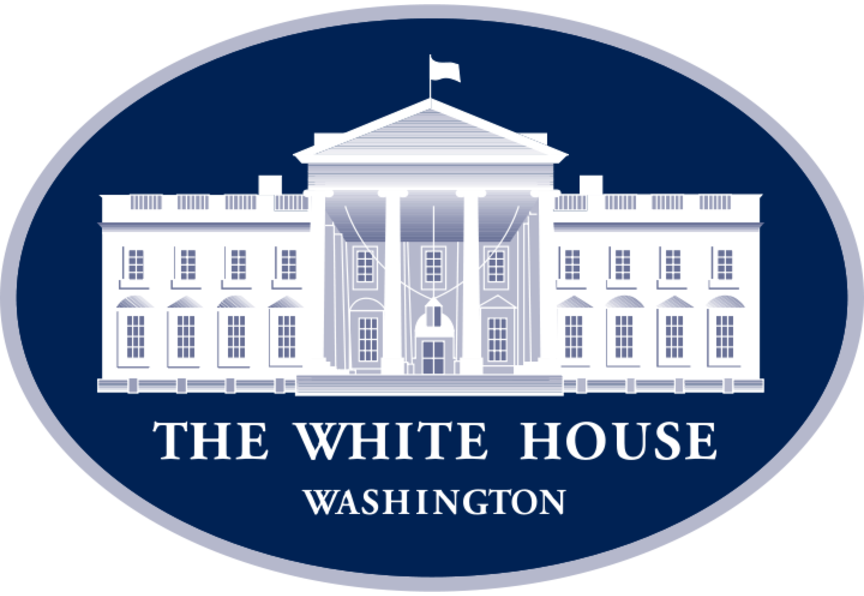 se Office of Science and Technology Policy notes that “Supporting women STEM students and researchers is not only an essential part of America’s strategy to out-innovate, out-educate, and out-build the rest of the world; it is also important to women themselves.”
se Office of Science and Technology Policy notes that “Supporting women STEM students and researchers is not only an essential part of America’s strategy to out-innovate, out-educate, and out-build the rest of the world; it is also important to women themselves.”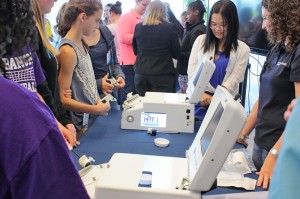 That aspect will be front and center on Saturday, June 7, when the Connecticut Technology Council sponsors the annual Girls of Innovation program in Hartford, geared specifically to middle school age girls, entering grades 7 and 8, “to experience science and its challenges in a fun, interactive way,” according to program organizers.
That aspect will be front and center on Saturday, June 7, when the Connecticut Technology Council sponsors the annual Girls of Innovation program in Hartford, geared specifically to middle school age girls, entering grades 7 and 8, “to experience science and its challenges in a fun, interactive way,” according to program organizers.
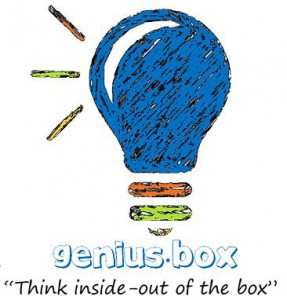
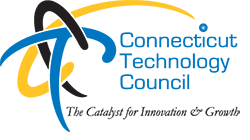
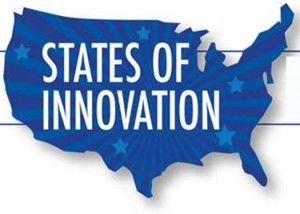
 11. Virginia
12. Texas
13. Utah
14. Arizona
15. North Carolina
16. Illinois
17. Pennsylvania
18. Kansas
19. New Hampshire
20. D.C.
11. Virginia
12. Texas
13. Utah
14. Arizona
15. North Carolina
16. Illinois
17. Pennsylvania
18. Kansas
19. New Hampshire
20. D.C.
